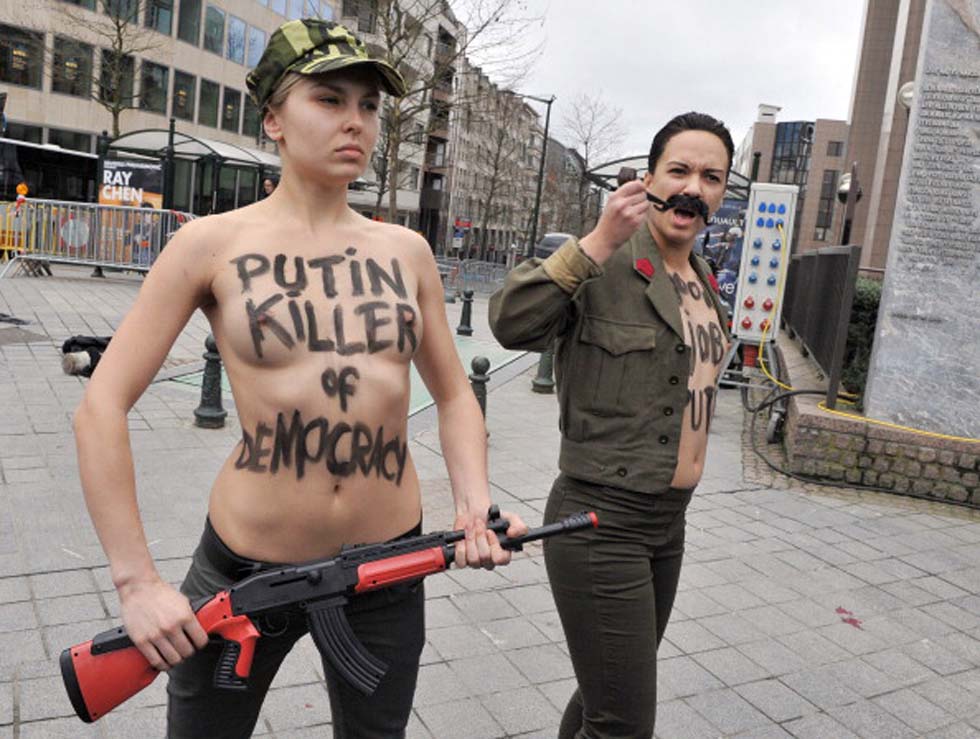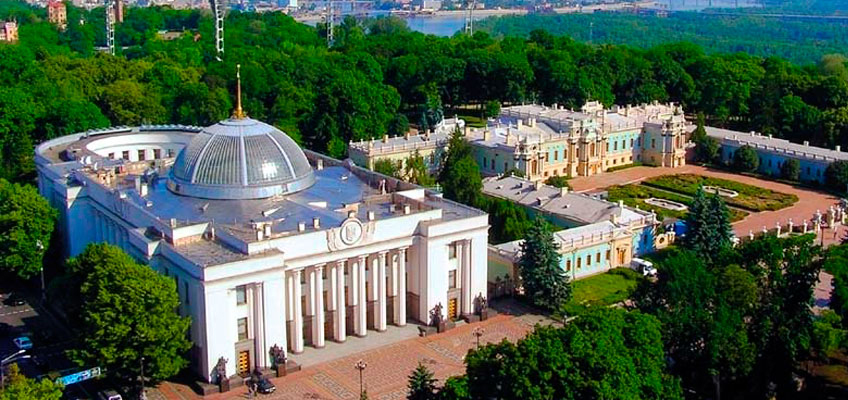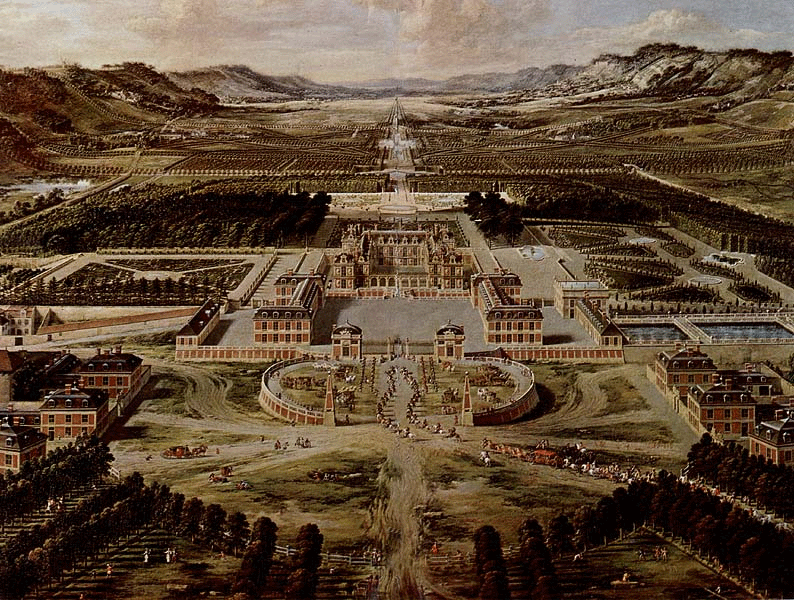
The Exclusion Zone is the area around surrounding the Chernobyl Nuclear Power Plant in Ukraine, which became contaminated in April of 1986 due to an explosion and fire which sent radioactive particles into the air in the surrounding area of the former USSR and some parts of eastern Europe. The Exclusion Zone is said to be home to approximately 200 people, most of which are believed to be elderly.
A United Ukraine, in Photographs.
The article above is about Arthur Bondar, a man born and raised in Ukraine, who remembers the beauty and national identity that was forged amongst Ukrainians after World War II. Bondar is an acclaimed photographer and began documenting life in the Excluded Zone only a few years ago. But, soon after starting his original project, he realized it was necessary for him to photograph Ukraine in its entirety, to show its true beauty.
This video entitled Shadows of Wormwood (I was unable to embed) is almost bone chilling. But he uses the short videos and what I assume are sounds taken from his visits to the Exclusion Zone to illustrate what life is like there.

In his book entitled Where My Childhood Died Bondar says: “I do not know whether it became better life after USSR collapsed and Ukraine gained independence or not. But I can say surely, that we’ve lost something very important and meaningful, something that made us enjoy our life. …or we just grew up…”. This collection of photos begins the early years of his life with his family, and a seemingly prosperous Ukraine, eventually showing the downfall of Ukrainian infrastructure. With the quote mentioned above, it seems that Bondar is alluding to the fact that Ukraine may have been a stronger nation under the USSR, but in the same quote retracts his statement with “…or we just grew up…”. I think he is trying to say that eventually Ukraine will sustain itself, but it is going to take cooperation between the government and the people, something many government officials seem to be having trouble with.
This Photo taken in 1994:
And this one taken in 2012, is just an example of the comparisons Bondar makes:

The latest of his series is entitled Maidan Criminals is a project showing the judicial and constitutional systems in Ukraine from differing points of view during the conflict in 2013 and early 2014. He outlines how protestors could be imprisoned using laws and cases form the crime codes. It illustrates how vulnerable the people of Ukraine are against the current regime, and raises the question regarding the difference between heroes and criminals. While the Photos included are very powerful and show the struggle of Ukrainians, it is not in English, therefore I am unable to get the artists reasoning behind why they are included.









